Preparation (Before we make a leg)
 Whether you are a new amputee or have walked with a prosthetic limb for a while, it is worth taking time to assess what you want to achieve.
Whether you are a new amputee or have walked with a prosthetic limb for a while, it is worth taking time to assess what you want to achieve.
There are many factors that affect how comfortable and functional your new limb will be. Some are related to the construction of the limb, while others come down to what your current health and mobility is like.
Socket design
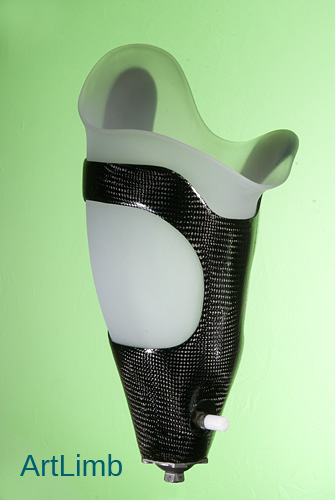 The socket is the part of the prosthetic limb that is in contact with your stump. This part of the leg is probably the most important, because its where your body weight is transferred to the prosthetic limb.
The socket is the part of the prosthetic limb that is in contact with your stump. This part of the leg is probably the most important, because its where your body weight is transferred to the prosthetic limb.
The reason we spend so much time on this part is to make sure the weight is distributed safely and comfortably to protect your stump and joints.
Casting
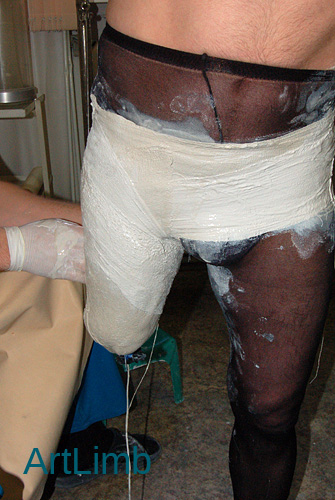 In order to build a prosthetic socket we need to capture an impression of your stump.
In order to build a prosthetic socket we need to capture an impression of your stump.
As each person is unique, we can use a variety of different methods of casting to get the best results based on your anatomical features.
Check Socket
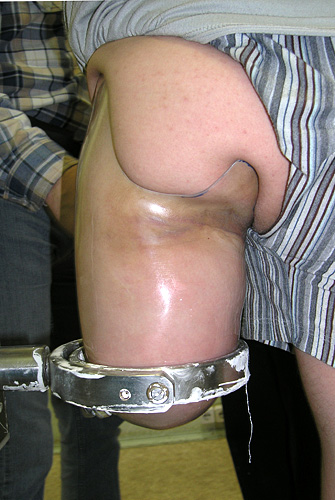 A check socket is the result of modifying the cast that we took of your limb. It is a diagnostic tool made from a see through plastic that we use as an intermediate stage between the cast and final socket.
A check socket is the result of modifying the cast that we took of your limb. It is a diagnostic tool made from a see through plastic that we use as an intermediate stage between the cast and final socket.
Because the plastic is very easy to adjust, we can tailor the socket to very small anatomical features and get a much more appropriate and comfortable fit.
Check Walk
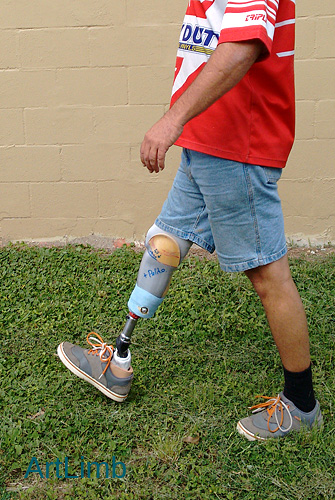 Walking on a check prosthesis with adjustable components has several main benefits.
Walking on a check prosthesis with adjustable components has several main benefits.
During this stage we aim to make sure the check socket is comfortable to walk on, not just stand on. As well as this, we want to look at the function of your components, adjust them if needed and educate you how to get the most out of your leg.
General Construction
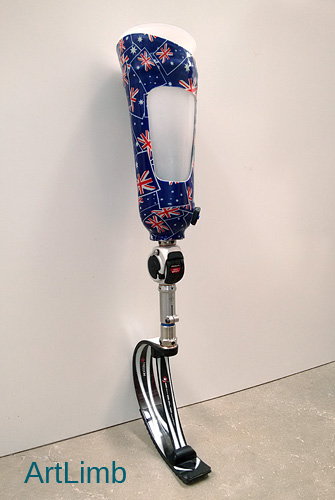 Currently there are two main types of prosthetic limbs, modular and exoskeletal.
Currently there are two main types of prosthetic limbs, modular and exoskeletal.
In our practice we generally recommend the modular design for most of our clients due to its continued adjustability.
Even after the limb is finished, we can replace the socket to follow stump changes, readjust components to accommodate to changes in you circumstances (lifestyle, body weight, etc) and even completely replace damaged or worn parts.
Fixation Methods
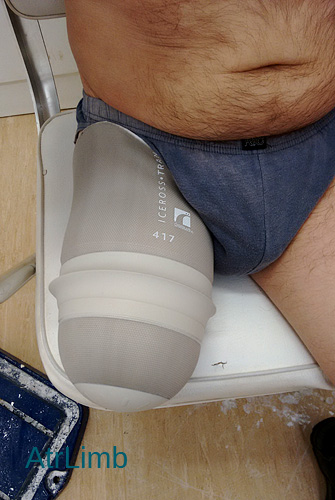 There are many different ways to hold a prostheses to your stump. Which one we decide on using is very dependent on your circumstances and abilities.
There are many different ways to hold a prostheses to your stump. Which one we decide on using is very dependent on your circumstances and abilities.
The main goals we are trying to achieve are; to keep it simple (make it easy to put on and take off), make it physiologically correct, make it reliable to keep you safe and allow you to control the leg while you walk.
Cosmesis
 Once we have finished making your new prosthetic limb, there is a trial period of several weeks to ensure everything is comfortable and functional.
Once we have finished making your new prosthetic limb, there is a trial period of several weeks to ensure everything is comfortable and functional.
After this trial, we can finish the limbs appearance to your individual preferences. This can be done either with different coloured sockets or cosmetic covers to replicate the appearance of your original limb.
Find detailed information on specific topics ⇒
Please subscribe for our FREE newsletter. Just enter your Email address in the form below and press SIGN UP button. Why subscription is important? Our website grows and we will add new information, which might be interesting or important for you. We will inform you about all such events via your email box and we would be happy to get feedback from you.